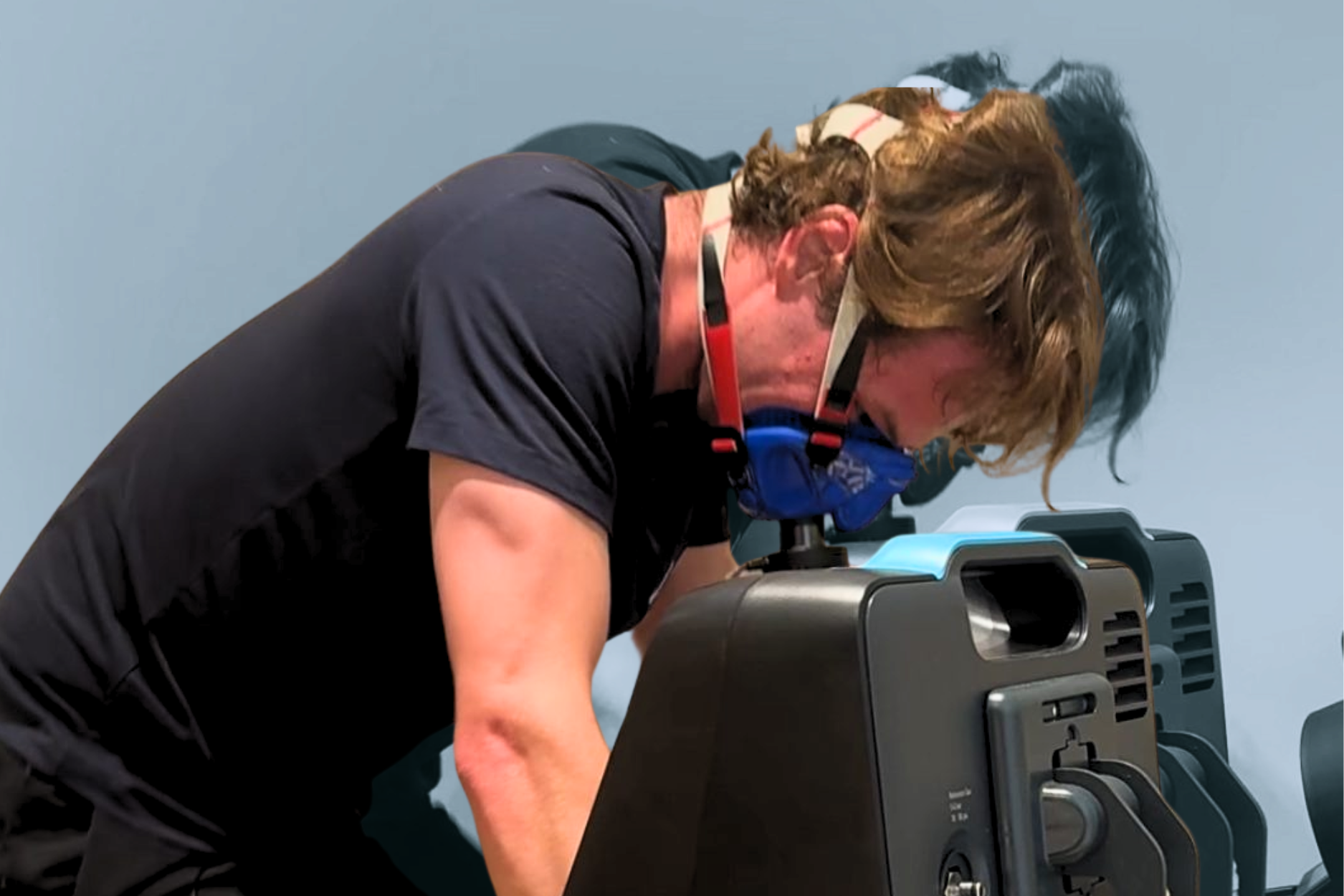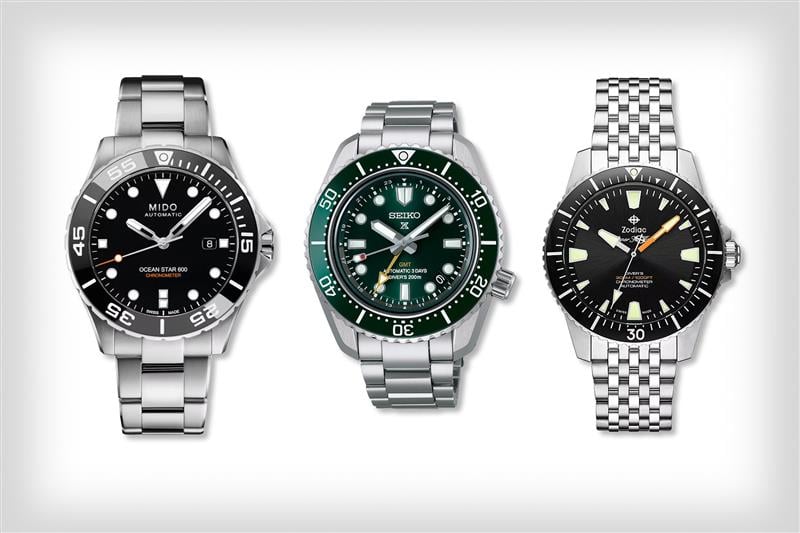EVERYDAY CARRY: Seamaster | FashionBeans
Dec 30, 2025How VO₂ Max Testing Is Helping Marathon Runners in 2025
- Jul 17, 2025
- 0 Comments
669

- VO₂ max testing has become one of the most valuable tools for serious runners in 2025.
- A VO₂ max score of 49 provides a strong aerobic base, but using that number correctly can completely reshape marathon training strategy.
- From Zone 2 runs to threshold sessions, applying VO₂ max data leads to smarter, more effective long-distance performance.
There’s a certain type of pain that comes from chasing numbers in the gym. It’s not necessarily a slow-burn ache after a big weekend session or that routine fatigue you get after a long Sunday morning run, but the clean, clinical suffering of a VO₂ max test; strapped to a mask, legs pumping in a treatment room with your heart trying to jump out of your chest. It’s brilliant. It’s effective. And it’s fast-becoming one of my biggest fitness obsessions of 2025.
What is VO₂ Max & Why It Matters for Endurance Athletes
I went into my VO₂ max test expecting a confidence boost. After all, I’d been training consistently, eating clean-ish, and had successfully completed the first two weeks of Dry July.
Since the end of summer, I’ve been in training for the Sydney Marathon. It’s the first year it’s joined the Abbott World Marathon Majors and I wanted a physical edge for what will also be my first attempt at stomping more than 42km around Sydney’s more scenic landmarks.
What I got was a sweat-drenched reality check, and probably the most valuable data point in my entire training cycle. I thought I was fit, but after my first sessions on the bike, I realised I could improve a hell of a lot.
VO₂ max, in case you’ve somehow avoided the term, is essentially your body’s maximum oxygen uptake during intense exercise. It’s the number that tells you how big your engine really is. In endurance circles, it’s currency. In longevity clinics, it’s gospel. And thanks to a growing obsession with performance metrics and proactive health, it’s gone fully mainstream.
Forget the wellness influencers flogging the latest internet fads or the gym bros telling you that doing arms and shoulders twice a week is functional fitness. This is different. VO₂ max doesn’t care about your aesthetic or vanity lifting; it cares how hard your body can go when it’s on the edge, and what that says about how long you’ll last.
The VO₂ Max Test That Pushed Me To the Limit
I got my test done at the Longevity Medicine Institute in Double Bay. I wanted to leave no stone unturned in the lead-up to the Sydney Marathon, and I’d heard whispers from a few well-informed runners that a lab-grade VO₂ reading could completely reframe your training.
The test itself is simple. You get on a treadmill or bike, put on what looks like a fighter pilot mask, and suffer for as long as possible.
Power and incline ramp up slowly. You breathe harder and your legs start to scream. Then, eventually, your oxygen intake plateaus and you hit your physiological ceiling. Mine came in at 49, which isn’t bad for a 30-year-old who still enjoys the occasional pint. But it’s not elite, and it gave me a clear target to chase.
What surprised me wasn’t just the number, but how much it told me about where I was leaving time on the table.
Suddenly, things clicked and gave me a clear indication on where I was falling sort in my marathon trainign. Easy jogs had a purpose. Tempo runs had a goal. It stopped being about “going hard until I have to stop” and started being about going smart.
How VO₂ Max Testing Works for Marathon Runners
It’s not just runners chasing this. I’ve spoken to cyclists, PTs, burnt out professionals desperately waiting for the colder winter months to dust off their gilet, and all of them keen to know what their VO₂ max is doing.
For some, it’s about longevity. Of course, as the treatment becomes more prevalent, there’s increasing evidence linking higher VO₂ scores to reduced risk of disease, longer healthspans, and better metabolic resilience. Which checks out: if your body can sustain effort for longer, it’s better equipped to handle life’s bigger demands.
For others, it’s about performance, plain and simple. When we spoke to Dr. Adam Brown at Longevity, he admitted that a large group of his patients were physically able, but wanted to have that confirmed by an industry professional. Box-tickers, you could call them.
VO₂ Max Score of 49: What It Means for Marathon Training
I’ll admit I walked in thinking I’d be one of the high-performers. Whilst a score of 49 ml/kg/min is a solid foundation (above average for my age and fitness level) it wasn’t quite the gentle ego stroke I’d quietly hoped for. But what I walked out with was far more useful: a training recalibration.
Since then, I’ve slotted in weekly Zone 2 efforts across the Harbour, built in targeted interval work to lift my ceiling, and adjusted recovery based on real data instead of feel… and I’ve certainly noticed a difference.
With just six weeks to go until I toe the line in Sydney, the work is still very much in progress. But now it’s focussed. Calibrated. Measurable. Of course, VO₂ max didn’t make me fitter overnight, but it showed me where I am, and where I should be. The only thing left was to work out exactly how to get there.
Publisher: Source link







